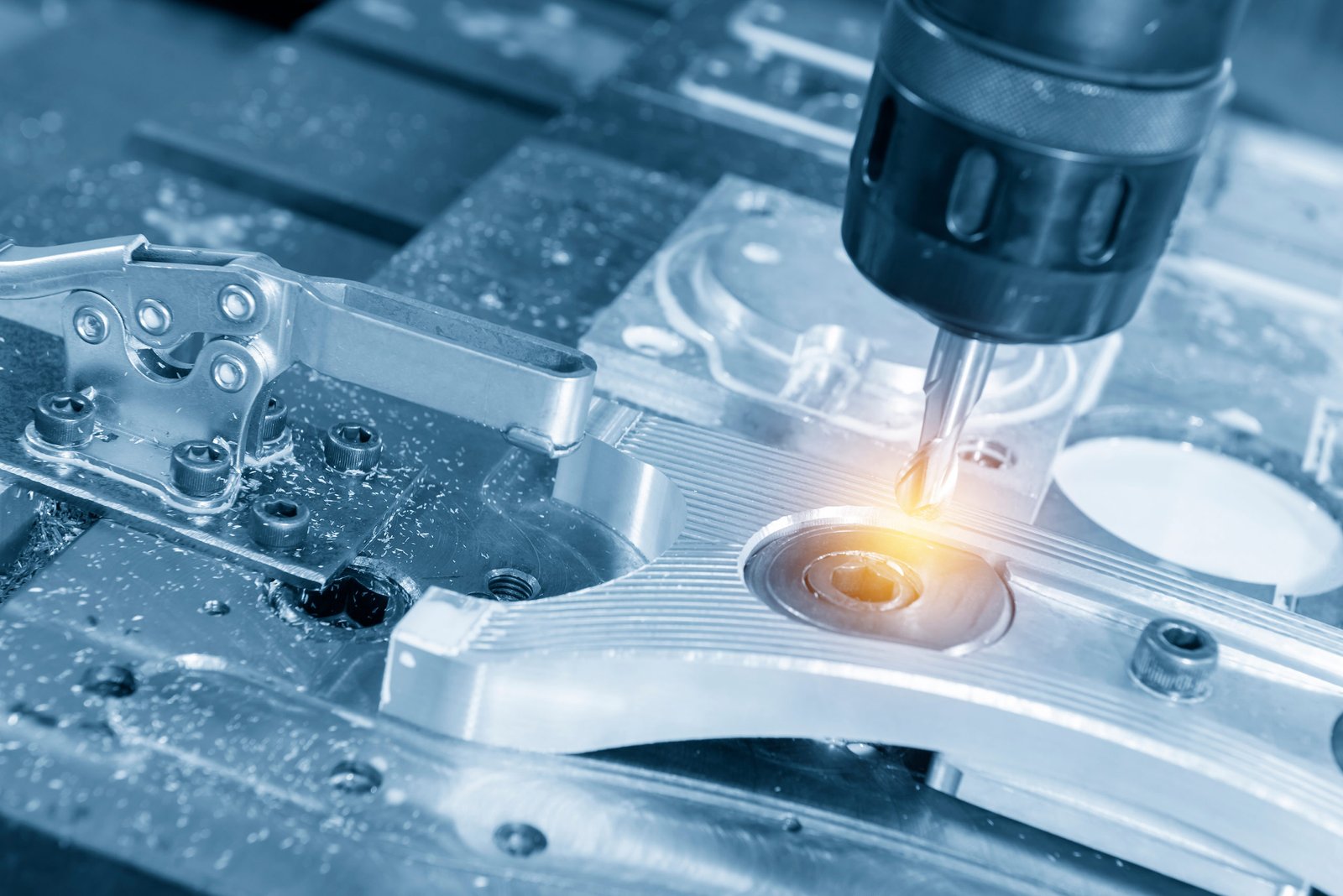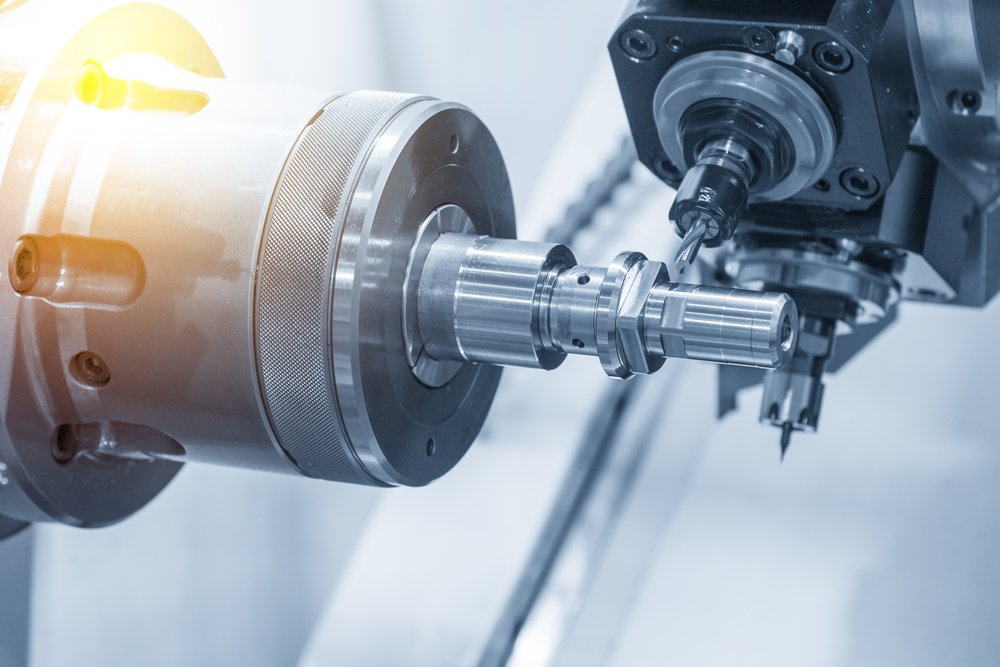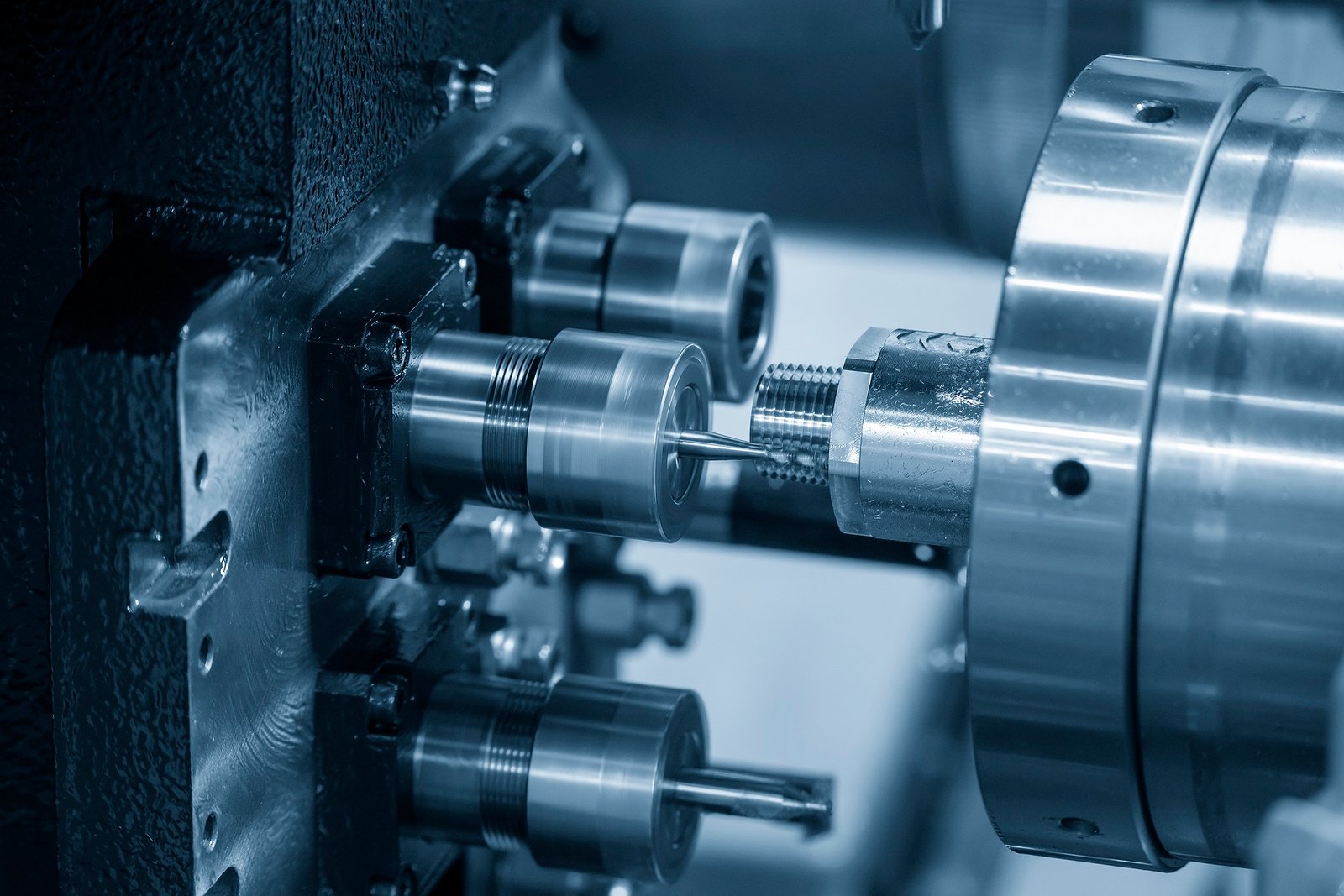When a machine breaks down, it can lead to significant financial losses for a business due to wasted hours, expedited shipping costs for replacement parts, and delays in deliveries, all of which can also tarnish the company’s reputation.
Given the abundance of sophisticated equipment in a typical workspace, breakdowns are bound to happen. However, regular maintenance is key to ensuring that machines operate smoothly, thus averting the potential for expensive shutdowns. Now, let’s explore with MaTec Vietnam how to maintain a CNC machine.
Why Do We Maintain a CNC Machine?
- Preventive Maintenance: Regular maintenance helps prevent unexpected breakdowns and malfunctions. By identifying and addressing potential issues before they escalate, preventive maintenance minimizes downtime and ensures continuous operation.
- Cost Savings: The cost of maintaining a CNC machine is significantly lower than the expenses incurred due to machine failures. Preventive maintenance reduces the need for emergency repairs, costly replacements, and expedited shipping of parts, ultimately saving the business money in the long run.
- Optimized Performance: Proper maintenance ensures that the CNC machine operates at its optimal performance level. Regular lubrication, cleaning, and calibration of components help maintain accuracy, precision, and consistency in machining processes, resulting in high-quality output.
- Safety: Maintaining a CNC machine according to manufacturer recommendations and industry standards enhances workplace safety. Well-maintained machines are less likely to malfunction unexpectedly, reducing the risk of accidents and injuries to operators and other personnel working in the vicinity.
- Extended Equipment Lifespan: Routine maintenance extends the lifespan of CNC machines. By preserving the integrity of components and preventing premature wear and tear, maintenance measures prolong the usability of the equipment, postponing the need for costly replacements.
- Compliance and Quality Assurance: In industries with strict regulations and quality standards, such as aerospace and medical device manufacturing, regular maintenance is necessary to ensure compliance and uphold product quality. Properly maintained CNC machines contribute to consistent output and adherence to regulatory requirements.
- Operational Efficiency: Maintaining a CNC machine minimizes disruptions to production schedules, streamlines workflow, and maximizes operational efficiency. With fewer unexpected downtimes and interruptions, businesses can meet deadlines, fulfill orders promptly, and maintain customer satisfaction.

How Often Is Maintenance Needed?
An unexpected breakdown of a CNC machine can incur costs approximately five times higher than implementing an annual preventive maintenance plan. While routine maintenance plays a crucial role in ensuring the longevity of CNC machines, determining the optimal frequency and tasks for maintenance can vary.
Although CNC machine manufacturers offer recommendations for maintenance intervals, many shops adjust these based on their production requirements and experience. This customization isn’t a critique of the OEM’s guidelines; rather, it’s about tailoring maintenance schedules to optimize performance and minimize downtime.
Merely having a maintenance plan isn’t sufficient. CNC machines are equipped with sophisticated automated sensors and detection systems that identify potential issues and alert maintenance personnel accordingly.
For instance, if a hydraulic hose ruptures, the machine detects the loss of pressure and halts the cycle to prevent further damage, simultaneously notifying the operator.
In more severe cases, where there’s a critical issue, not only does the machine operator receive an alert, but a supervisor is also notified via email. Fortunately, CNC machines are typically sturdy, requiring significant force to cause serious damage.
While it seems logical to base CNC machine maintenance on usage hours, akin to changing a car’s oil every 5,000 miles, this approach poses challenges in monitoring numerous CNC machines in a single shop. It’s more practical to schedule preventive maintenance shop-wide on a daily, monthly, or annual basis.
Tasks Need to be Done to Maintain a CNC Machine
Daily Maintenance
- Check lubrication levels across all critical components and replenish if necessary to ensure smooth operation.
- Grease parts that appear dry to prevent friction and wear.
- Monitor coolant concentration and fill levels to maintain optimal cutting conditions.
- Empty the chip hopper to prevent accumulation and potential damage to the machine.
- Verify the levels of the hydraulic system for proper functioning.
- Wipe down all surfaces to remove metal shavings and debris, preventing buildup that could interfere with precision.
Monthly Maintenance
- Clean or replace air filters to maintain proper airflow and prevent contamination.
- Inspect and clean coolant filters to ensure the coolant system operates efficiently.
- Clean radiators and cooling fans to prevent overheating and maintain temperature control.
- Review oil fill checklists for any signs of unusual oil consumption, indicating potential issues.
- Remove and clean the chuck and jaws to maintain gripping effectiveness.
- Grease and adjust chains or conveyors to ensure smooth material handling.
Yearly Maintenance
- Remove the coolant tank entirely, clear out any metal chips not caught by the conveyor, and inspect for bacterial growth. Clean and inspect the entire system thoroughly.
- Test hydraulic oil for contaminants and replace filters as necessary to maintain hydraulic system integrity.
- Drain and clean the lubrication unit, replacing oil to ensure proper lubrication of machine components.
- Check the headstock for tapering, ensuring precise machining operations.
- Verify drawbar tension to ensure secure tool holding during operation.
- Inspect the chuck cylinder for any signs of wear or damage that could affect machining accuracy.
- Run a backlash program and replace the X and Y axis gibs if necessary to maintain precision and eliminate excess play.
>>> Read more: Advantages of CNC Machining Shop in Vietnam
Troubleshooting Tips for Maintaining CNC Machines
Excessive Tool Wear
- Regularly inspect cutting tools for signs of wear, including chipped edges, dull surfaces, or excessive heat discoloration.
- Ensure that cutting parameters such as spindle speed, feed rate, and depth of cut are set correctly for the material being machined.
- Check the coolant system to ensure proper flow and coverage to the cutting area, as inadequate lubrication can accelerate tool wear.
- Verify tool holder and spindle alignment to prevent uneven loading and premature wear on the cutting tool.
- Implement a tool life monitoring system to track tool usage and schedule replacements before excessive wear affects machining quality.
Inaccurate Cuts
- Calibrate machine axes regularly to ensure accuracy in tool positioning and movement.
- Inspect and adjust workpiece clamping mechanisms to prevent slippage or misalignment during machining operations.
- Check for backlash in machine components such as ball screws and linear guides, as excessive play can lead to inaccuracies in tool positioning.
- Review and optimize CNC programs for efficient tool paths and cutting parameters, minimizing errors in machining operations.
- Use precision measuring tools such as dial indicators or laser alignment systems to verify cutting tool alignment and workpiece dimensions.
Spindle Issues
- Monitor spindle performance for signs of excessive noise, vibration, or temperature fluctuations during operation.
- Check spindle bearings for wear and proper lubrication, and replace bearings as needed to maintain spindle performance.
- Inspect spindle taper and tool holder interface for damage or contamination that may affect tool retention and machining accuracy.
- Balance spindle tooling to minimize vibration and ensure smooth operation, reducing wear on both the spindle and cutting tools.
Control System Errors
- Regularly update CNC machine firmware and software to ensure compatibility with programming and communication protocols.
- Monitor machine control system for error messages or alarms indicating faults in hardware, software, or electrical components.
- Perform regular maintenance on electrical components such as motors, encoders, and sensors to prevent malfunctions and signal errors.
- Backup CNC programs and machine parameters regularly to prevent loss of data and facilitate recovery in the event of a control system failure.

Conclusion
Overall, MaTec Vietnam hopes that this guide on how to maintain a CNC machine has been informative and helpful. By following the tips and guidelines provided, businesses can ensure the smooth operation, accuracy, and longevity of their CNC equipment.
Remember, regular maintenance is key to preventing costly breakdowns, optimizing performance, and maximizing productivity. By prioritizing maintenance and implementing proactive measures, businesses can minimize downtime, reduce expenses, and maintain a competitive edge in the manufacturing industry.
If you have any further questions or need assistance with CNC machine maintenance, feel free to reach out to our team at MaTec Vietnam. We are here to support you in optimizing your CNC machining processes and achieving your production goals.

